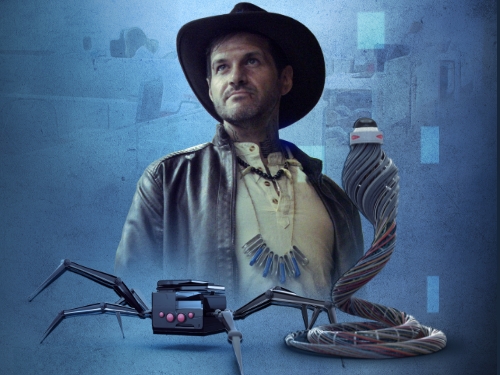We’ve all experienced the infamous ‘Blaring Ad’ before. It strikes at the most inconvenient of times—one second you’re peacefully (and silently) scrolling through your phone, only to be interrupted by the ear-splitting sound of a video advertisement playing at full volume. What is it for? What do they have to say? It doesn’t matter. None of these questions so much as cross your mind before you shut it off (angrily) in one quick click. You don’t even take the time to consider the marketer’s message, as you’re either jarred by the sound or embarrassed to be the source of a sudden outburst in public.
The rise of silent video and closed captioning is occurring rapidly; we are seeing more and more videos that not only utilize subtitles but also do not require any audio to fully understand the premise and/or story of the ad. Data from Facebook demonstrates exactly why you might want to tone it down on the audio in your ads—approximately 80% of people will react negatively to a mobile ad that plays out loud as they’re scrolling. Rather than spending money on an ad that users will quickly click out of, you could be creating a compelling ad that can be watched in (peaceful) silence.
It’s time to say goodbye to the Blaring Ad, and hello to a silent video.
Three Tips on How to Create a Compelling Silent Video
1. Nail the First Three Seconds
Research has shown that when someone comes across a video, whether they are going to stick around and watch it or not is typically decided within the first three seconds. After that, they’re either in or they’re out. This means that the first three seconds of your video needs to have an interesting hook to keep your audience interested. There should be a great visual that draws people in without necessarily needing them to hear anything. The bottom line is that we as humans remember pictures better than words, and that’s a fact.
2. Utilize Closed Captioning
Captioning your videos is a no-brainer—it will increase viewer engagement, improve SEO, and most importantly, it will make your video more accessible. Video captioning ensures that viewers can comprehend any auditory cues and dialogue in your video, making it accessible for persons who are deaf, hard of hearing, or non-English speakers. Closed captioning can also boost brand memorability and awareness. According to research conducted by eMarkterer, subtitles increased average video viewing by 40%. Videos with subtitles led to a 91% completion rate compared to 66% when viewed without subtitles.
Closed captioning is also a great move when it comes to Search Engine Optimization. Your SEO efforts will benefit from captioned videos because it will be easier for viewers to find the content online. Videos, unlike articles and other text-based content, can easily get lost in the complex algorithms of search engines, unless they contain searchable captions that push the video to the top of a Google search.
3. Pick the Right Platform
When it comes to picking where your silent video will be advertised, social media is going to be your best friend. YouTube, Snapchat, and many other social network sites are moving gradually to a captioning system. Videos with captions are frequently associated with accessibility in the social media sphere since the majority of these websites will automatically mute their videos. In a study, Facebook reported that users will watch videos without sound in almost 85% of all cases. Because of this, it is even more crucial for content producers to think about using video captions or subtitles to keep and attract viewers.
In short, Overall viewing will rise as a result of using closed captions in video marketing, and the advertised brand or product may even become more popular. Don’t pass up the chance to add words to your ads and instantly make them readable to everybody for a fraction of the price of the video itself. If you are interested in learning more about how Bluetext’s video production services can help you create an unforgettable silent ad, contact us.


